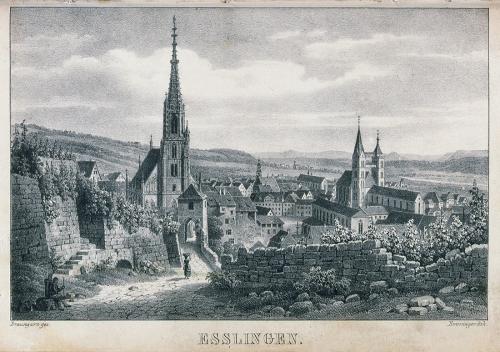
I've wanted to talk about the 'Gold hats' found in Germany and France over the last few centuries for a while.
Now that they make an appearance at 'The World of Stonehenge', the time has arrived!



Now that they make an appearance at 'The World of Stonehenge', the time has arrived!




The first to be found was in my neck of the woods of Southern Germany, back in 1835 at Schifferstadt, near Speyer. It's considered to be the best preserved of the four in existence.
It dates to between 1300 - 1400 BCE, during the chrinological period known as the 'Bronze Age'.
It dates to between 1300 - 1400 BCE, during the chrinological period known as the 'Bronze Age'.

A few years later, across the French border at Avanton, near Poitiers, another hat was found. This one was a little damaged, and restored before display.
It dates from around the same age range as the Schifferstadt hat.
It dates from around the same age range as the Schifferstadt hat.

In 1953, a third hat was found in Bavaria, near the villages of Ezelsdorf and Bunch, in Bavaria.
It dates to around 1000 BCE. F
It dates to around 1000 BCE. F

A final hat turned up in Berlin in 1995 & was bought by the Museum for Prehistory and Early History from a private seller.
As for when and where it was found - who knows. Presumably it hails from somewhere in southern Germany.
It's also potentially the youngest, circa 800 BCE.
As for when and where it was found - who knows. Presumably it hails from somewhere in southern Germany.
It's also potentially the youngest, circa 800 BCE.

From what archaeologists have discovered, each of these gold hats were the headdress of a priestly class.
They were symbols of a solar cult that stretched across Europe in the Bronze Age.
Slightly younger than the Nebra Sky Disk, they're part of the same belief system.
They were symbols of a solar cult that stretched across Europe in the Bronze Age.
Slightly younger than the Nebra Sky Disk, they're part of the same belief system.

This solar cult played a central role in the community, as the bearers of knowledge regarding the planting of crops and other important yearly tasks.
It was this cult who could discern the movement of the sun and moon and direct agriculture. (Art: Silvia Nevekotten)
It was this cult who could discern the movement of the sun and moon and direct agriculture. (Art: Silvia Nevekotten)

These gold hats aren't just a rather striking headdress, archaeologists actually believe that they were calculation devices.
Much like the Nebra Sky Disk, they were used to work out when to add an extra month, to align the solar and lunar calendar.
Much like the Nebra Sky Disk, they were used to work out when to add an extra month, to align the solar and lunar calendar.
If these priests weren't able to align the two calendars, crops would be planted at the wrong time and herds slaughtered, leading to widespread famine in the cold winter months. Art: Joeri Lefevre) 

All across Europe we have found aretfacts and solar observatories from this era, that speak of this cult and their focus on reading the sun and stars. 







It may be an oversimplification on my behalf, but I honestly believe that this era was a turning point in the continent's history.
For the first time in Europe, knowledge was a commodity, and an instrument of faith.
In response, Europeans would form their first empires.



For the first time in Europe, knowledge was a commodity, and an instrument of faith.
In response, Europeans would form their first empires.




If you want to learn more about the gold hats, the solar cult or the Bronze Age in Europe, visit the 'World of Stonehenge' site at the @britishmuseum or @MuseumHalle_E - the home of the Nebra Sky Disk. /FIN
No, wait, I can't shut up yet. It was the age of this solar cult that we see the very first pitched battles.
The very, very first battlefield ever identified is in Northern Germany, in the Tollense river valley. science.org/content/articl…
The very, very first battlefield ever identified is in Northern Germany, in the Tollense river valley. science.org/content/articl…
There is evidence of raiding and massacres prior to this, but the Tollense battle in the 13th century BCE demonstrates organized, armed power - and that's a consequence of regulated, agriculture.
Partly made possible by the solar cult, the Nebra Disk and the gold hats. /FIN II.
Partly made possible by the solar cult, the Nebra Disk and the gold hats. /FIN II.
• • •
Missing some Tweet in this thread? You can try to
force a refresh
























